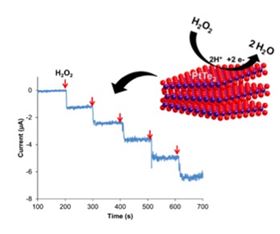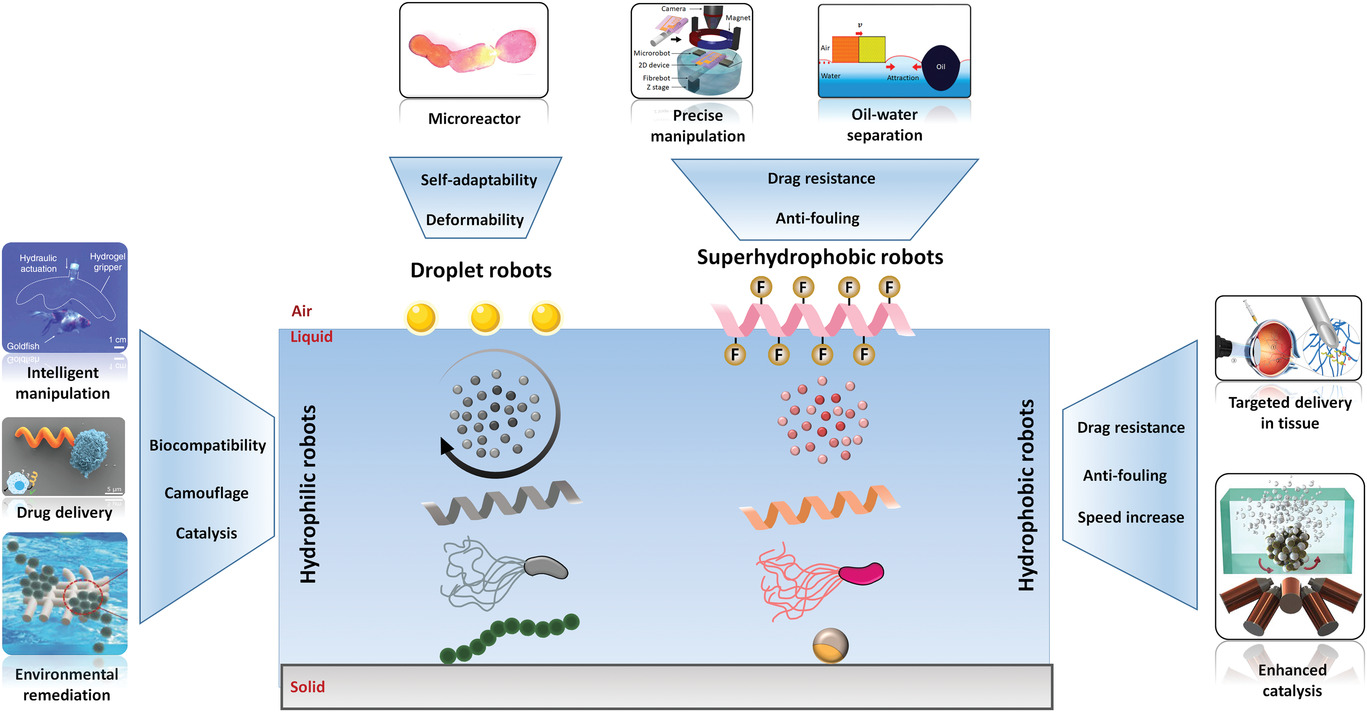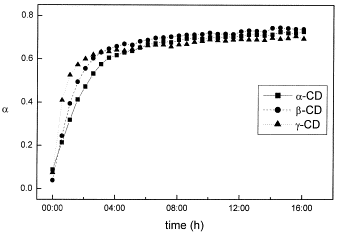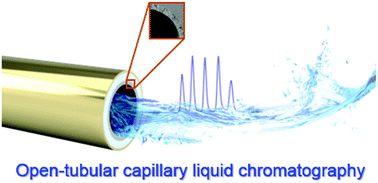paper archives
Stay hungry, stay foolish. You are as good as your last paper.
Oxidation Debris in Graphene Oxide Is Responsible for Its Inherent Electroactivity
- Alessandra Bonanni, Adriano Ambrosi, Chun Kiang Chua, Martin Pumera*

Graphene oxide Is known to exhibit many interesting properties, ranging from inherent fluorescence to inherent electrochemistry, just to name a few. Recent research has found that graphene oxide is a composite material consisting of the so-called "oxidation debris" and unoxidized graphene fragments. Surprisingly, the oxidation debris, which contains small and highly oxidized aromatic fragments adsorbed on graphene surfaces, is responsible for the excellent solubility and inherent fluorescence of graphene oxide. Here, we examine the origin of the inherent electroactivity of graphene oxide and demonstrate that such phenomenon is attributed to the presence of oxidation debris. We separate oxidation debris from the less oxidized graphene backbone in "as-prepared" graphene oxide nanoplatelets using ultrasonication. We found that the extension of ultrasonication time corresponded to a larger amount of oxidation debris released from the graphene oxide nanoplatelets' surfaces and subsequently caused detrimental effects to the inherent electroactivity of the graphene material. Since graphene oxide is often the material of choice for energy storage devices, such as batteries and supercapacitors, a thorough understanding on the origin of such inherent electrochemical properties of graphene oxide is of very high importance.










